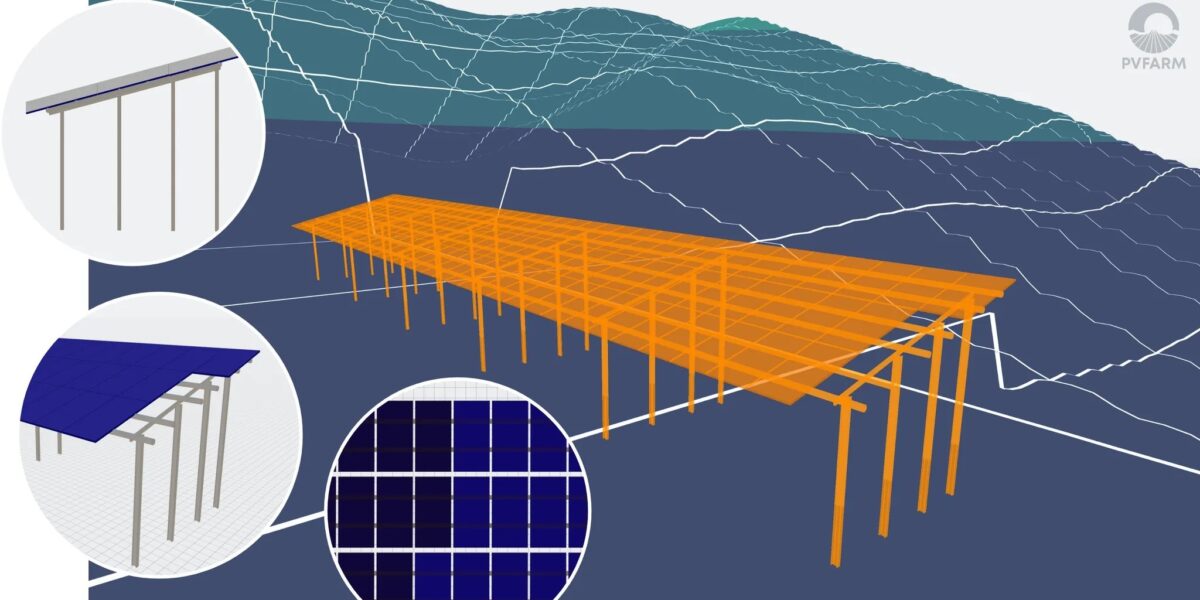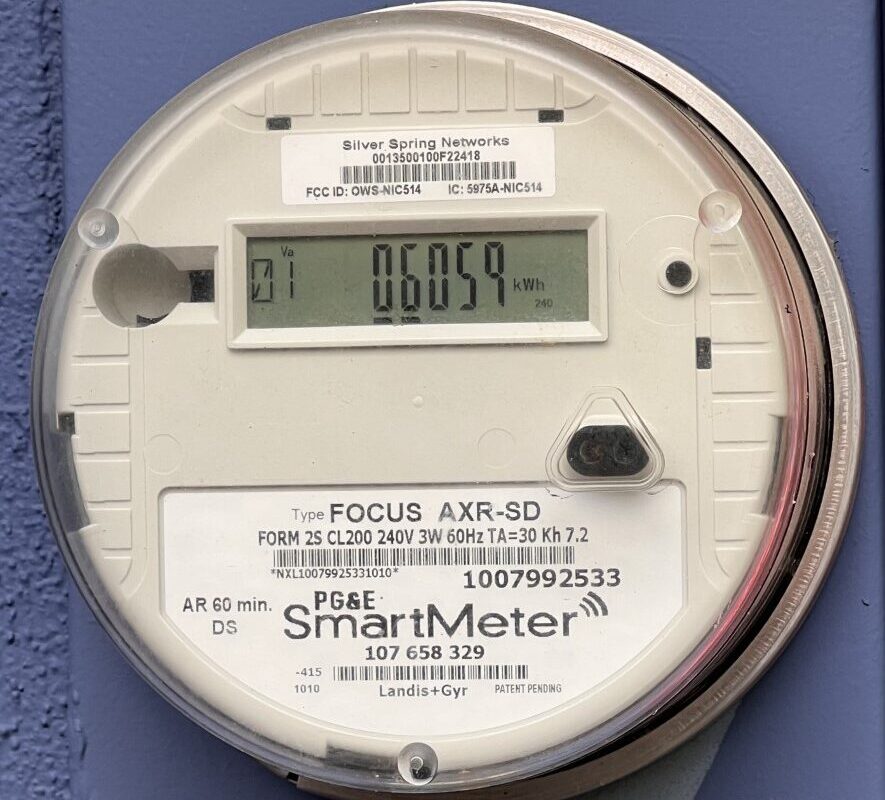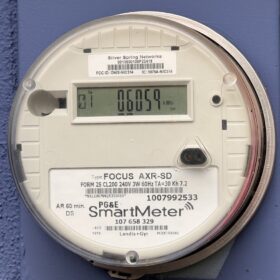U.S.-based PVFarm has added new features to its single-axis tracker (SAT) and fixed tilt (FT) configurators to align with customer demand and large-scale projects trends, also providing more support for terrain-conforming designs.
“The improved SAT configurator streamlines the engineering and customization of tracker layouts, incorporating terrain-following capabilities and wind load analysis,” Maksim Markevich, CTO of PVFarm, told pv magazine.
It supports site-specific tracker component modifications, including optimal placement around motors, flexible pile configurations, and deliverables such as a slope-adjusted pile point plan.
The fixed-tilt configurator now includes terrain-following capabilities, making it easier to adapt designs to sloped or uneven ground and set pile adjustments with minimal manual adjustments, according to the company.
“You can reuse previous configurations, toggle between simplified and detailed views, and make more informed decisions without slowing down. Risk is really just anticipation of what’s going to happen, and we’re giving you the tools to get a better guess when it matters,” said Markevich.
Other newer features include full low voltage wiring support and a new 2D ruler for “quick, basic measurements, to check spacing” and layout dimensions.
Additional support for pile binning, along with 3D annotation maps and CSV/DXF file integration, enables more accurate modeling of real-world site conditions, which brings designs “closer to procurement-ready specifications,” according to Markevich.
Road-aware and substation-aware layouts are supported. Users can reportedly import custom elevation and terrain data from computer aided design software tools, such as AutoCAD and Civil3d. Data export to PVSyst is also supported.
According to Markevich, the built-in levelized cost of energy (LCOE) calculator now includes a “more fractional cost model,” which provides the level of detail needed to “accurately estimate costs for terrain-following trackers, among other design scenarios.”
In addition, reporting tools provide detailed bill of quality (BoQ) and bill of material (BoM) reports.
Founded in 2021, PVFarm provides web-based software for early-stage PV project planning. It supports project team members, including plant electrical, mechanical, civil, energy, and procurement team members, with real-time energy models and building information model (BIM) functions.
This content is protected by copyright and may not be reused. If you want to cooperate with us and would like to reuse some of our content, please contact: editors@pv-magazine.com.








By submitting this form you agree to pv magazine using your data for the purposes of publishing your comment.
Your personal data will only be disclosed or otherwise transmitted to third parties for the purposes of spam filtering or if this is necessary for technical maintenance of the website. Any other transfer to third parties will not take place unless this is justified on the basis of applicable data protection regulations or if pv magazine is legally obliged to do so.
You may revoke this consent at any time with effect for the future, in which case your personal data will be deleted immediately. Otherwise, your data will be deleted if pv magazine has processed your request or the purpose of data storage is fulfilled.
Further information on data privacy can be found in our Data Protection Policy.